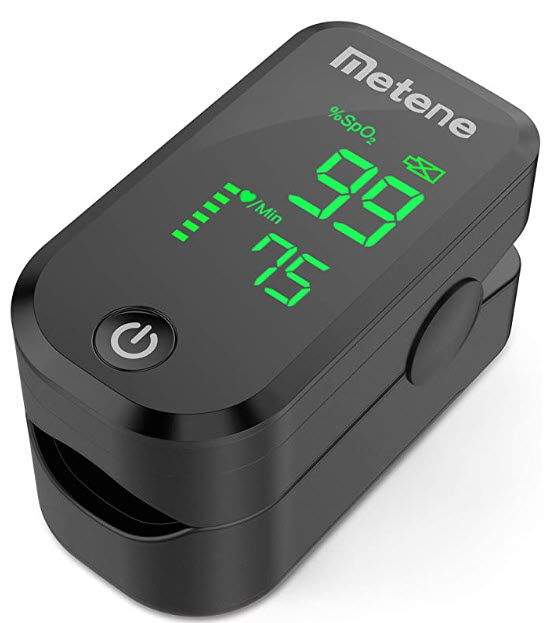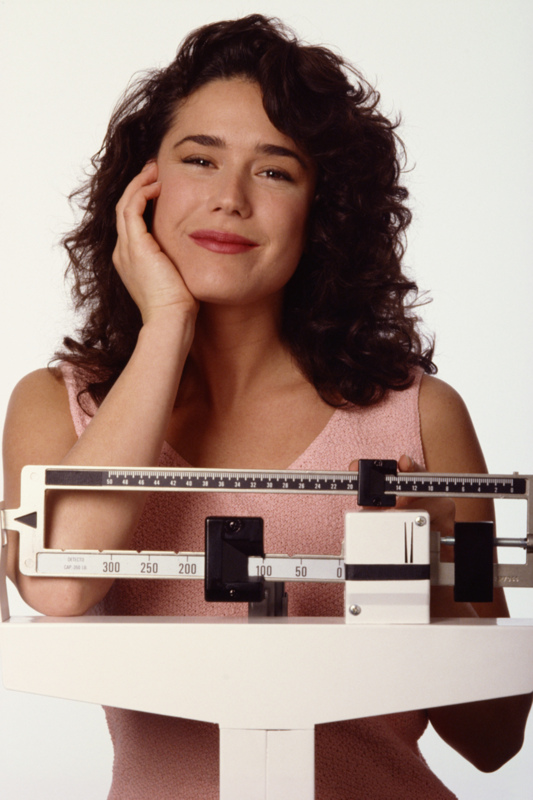Using “healthy” tech at home is a smart idea these days. Monitoring yourself at home and discussing the data with your own doctor can produce better health care decisions for you.
What are the basic items to consider?
- Blood pressure (BP) cuff (automated). Omron carries some of the better versions of doctor-recommended BP cuffs available for home use. This means that you can monitor your blood pressure at least 1 to 3 times per day and maintain a running record. Look for an automated arm cuff rather than a wrist cuff for better accuracy.If you are prone to high blood pressure (hypertension), have a family history of any type of heart disease or stroke, or even if you get really high readings whenever you see your doctor in the office, this can tell you what’s going on most of the time outside the doctor’s office.
- Pulse oximeter. There are a number of good brands for home use here. They are recommended mainly for home use or for exercise monitoring, but some do correlate well with readings that your doctor can obtain during an office visit or a hospital stay.This non-invasive item just goes over a fingertip. The pulse oximeter can be helpful if you are prone to asthma attacks, COPD, or even if you get shortness of breath during an acute flu or cold infection.
- Forehead or touchless thermometer. At least have a basic digital thermometer in the house for under the tongue use. The fancier fever forehead thermometers available these days cost a lot more, but some are truly non-contact and less prone to picking up germs from the sick individual. These will tell you if you are dealing with a fever in yourself or a family member.Obviously a home thermometer is especially useful if you have kids at home, but you should be able to get a reading for kids and/or adults in the household. Knowing the body temperature can help you help your doctor if you call for advice as to what to do.
- Home EKG Monitors. Many fitness watches can give you the basics, but consider also simple electronic items for home use that can generate electrocardiograms good enough to transmit to your MD. A leading brand of this is the AliveCor KardiaMobile Personal EKG device.You just put your fingers onto the pads and get a medical-grade EKG at home. These can be extremely valuable if you are prone to bouts of atrial fibrillation or other irregular heartbeat patterns.
- Home Blood Sugar Monitors (Glucometers). Several brands have excellent glucometers for people with diabetes to use at home. Testing several times a day is the most useful so that you can discuss the results with your doctor.You’ll notice that the monitor itself is surprisingly cheap. The main reason for that is the manufacturer makes their money on the disposable test strips that you will need to check your blood sugar levels. These strips are one-use only. Insurance often pays for them but may limit which brand you can use. Ask your doctor for a prescription.
Some of these types of home healthy tech items can actually upload your data to your doctor’s office directly. Look at the details to see what might be possible.
Let’s look at blood pressure cuffs in particular to consider more details of home monitoring for a moment…
Digital BP Cuff Options
There are different ways of measuring your blood pressure, which lets you measure your true blood pressure and get a list of blood pressure measurements. Electronic or digital devices are the easiest ones to use. Digital blood pressure monitors can also be considered the same way.
They are especially convenient for anyone who is not used to testing his or her own blood pressure. Testing your own pressure is more convenient than visiting the doctor, as was once required. It allows you to test your blood pressure regularly, keep an accurate record of the readings and have the information ready for your doctor at each visit.
Digital monitors have either manual or automatic cuffs, and come with a built-in LCD screen that shows the reading. Some models allow for wrist or finger readings. Most of these digital blood pressure monitors come with self-inflating cuffs that inflate once the cuff has been secured and the device has been turned on.
These monitors also have the feature of digital readouts that help the patient get a more accurate pressure reading. And is a good option for people who are hard of hearing or have poor eyesight. They also detect blood surges underneath the blood pressure cuff. Many digital blood pressure monitors also include a paper printout to provide a handy hard-copy record for your doctor.
In addition to all these, it is also important to consider the location and size of the cuff to check the accuracy of the monitor. The accuracy of the monitor or the reading can be checked if the reading is compared to the reading of a professional measuring device. Also, the monitors have to be tested for accuracy before use at least once a year.
Make Sure Your Blood Pressure Cuff Fits Right
When taking your blood pressure, make sure your blood pressure cuff fits right. If it doesn’t fit correctly, you could get a false blood pressure reading (too high or low). When you’re trying to take charge of your health, this will get in your way or lead to medication problems.
You tend to have more errors when the cuff you use is too small. This can cause your blood pressure to appear elevated when it might not actually be. You also don’t want your cuff to be too large. For smaller women, there are companies whose cuffs are smaller and can accommodate your needs.
The good news is that blood pressure cuffs come in a wide variety of sizes so you can get the perfect fit. Your cuff will need to be placed above the elbow. This is generally the largest area of the arm. Sometimes the cuff manufacturer will send you a different size cuff if you explain your situation to them.
Make sure that when you put the cuff on, it can completely go around the arm without cutting off circulation. It should be able to fit snugly, but not be too tight. If it feels too tight, you’ll need to up a size. If it’s not snug at all, you’ll need to go down a size.
It’s also important to make sure you take your blood pressure over a bare arm. You’ll get inaccurate results if you try to put the cuff over your clothing. When taking blood pressure it helps to wear a short sleeve shirt.
When going to the doctor to get a blood pressure reading, you may want to wear something short sleeved under warmer layers in cold weather. This way your blood pressure can be taken accurately without having to completely undress.
If purchasing your own blood pressure cuff, it’s important to actually measure your arm. Depending on the way the cuff sizes are measured, you may need to use inches or centimeters to measure your arm.
Then use the sizing chart from the manufacturer to determine which sized cuff you need. It’s better to take actual measurements than to guess at what’s the best size for you. It might not be the same as clothing size in other items.
In addition to having the right size cuff, it’s also important to be seated properly when taking your blood pressure. You should have your feet on the floor and be sitting up with good posture. You should also be as still and quiet as possible during the reading.
Having the right cuff can make the difference between having a correct blood pressure reading and one that’s significantly off. Make sure your blood pressure cuff fits right so you can get the most accurate reading possible.





